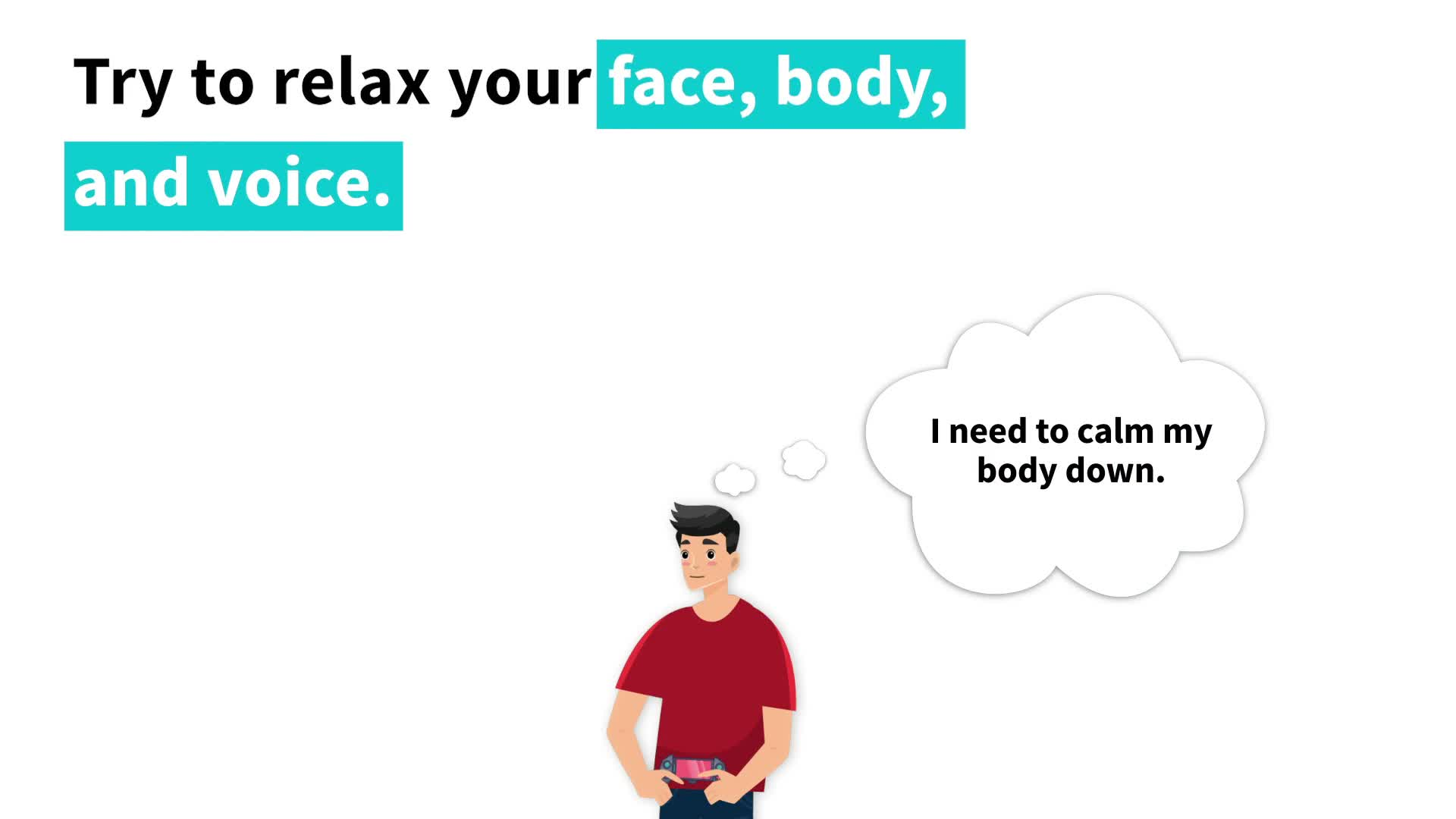
Introduction
Change is an inevitable part of life, and learning how to adapt is a crucial skill for students in special education. When plans change, students may feel worried, upset, or even out of control. These changes can involve people, settings, or schedules, and can be challenging for students to navigate. In this blog post, we will explore a no-prep activity, discussion questions, and related skills to help educators teach students how to cope with change and switch tracks in their daily lives.
No-Prep Activity: The Train Track Switch Game
The Train Track Switch Game is a fun and engaging activity that requires no preparation or materials. In this game, students will practice switching tracks by responding to different scenarios and adjusting their plans accordingly. Here’s how to play:
- Have students sit in a circle.
- Explain that each student is a train on a track, and they need to be ready to switch tracks when plans change.
- Present a scenario where a change occurs (e.g., a substitute teacher, gym class outside, or leaving early for school).
- Ask students to think about how they would switch tracks and adapt to the new situation.
- Go around the circle and have each student share their response.
- After everyone has shared, discuss the different strategies students used to switch tracks and adapt to the change.
This activity will help students practice adapting to change and develop the necessary skills to switch tracks in real-life situations.
Discussion Questions
To further explore the concept of adapting to change, consider discussing the following questions with your students:
- Why do you think it’s important to learn how to switch tracks and adapt to change?
- What are some strategies you can use to stay calm on the outside when plans change?
- How can you calm down on the inside when you feel upset or worried about a change?
- Can you think of a time when you successfully switched tracks and adapted to a change? How did you handle it?
- What can you do to help a friend who is struggling with adapting to change?
Related Skills
In addition to adapting to change, there are several other related skills that students in special education can benefit from learning. These include:
- Problem-solving: Identifying and addressing challenges that arise from changes in plans.
- Resilience: Developing the ability to bounce back from setbacks and adapt to new situations.
- Communication: Expressing feelings and concerns about changes in a healthy and constructive manner.
- Flexibility: Being open to new experiences and willing to adjust plans as needed.
By teaching these skills alongside adapting to change, educators can help students build a strong foundation for navigating the challenges they may face in their daily lives.
Next Steps
If you’re interested in exploring more activities and resources to help teach students in special education about adapting to change and other important skills, we encourage you to sign up for free samples of our materials at Everyday Speech. Our comprehensive library includes a variety of engaging and effective resources to support your students’ social-emotional learning journey. Don’t miss this opportunity to access valuable tools that can make a difference in your students’ lives.

